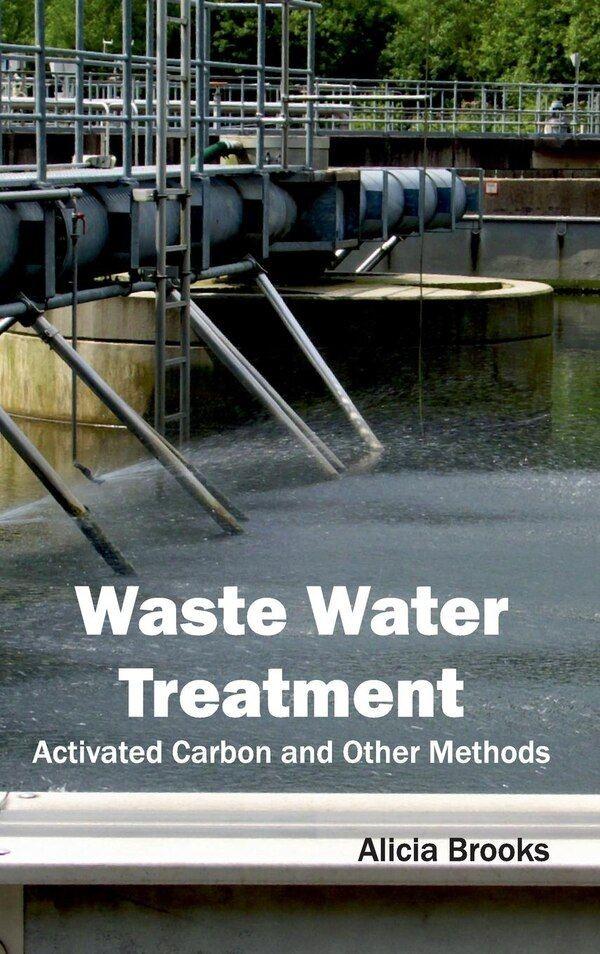1. Applications
Currently, activated carbon is widely used for water treatment, offering many significant benefits.
It helps remove heavy metal ions, harmful bacteria, and impurities from water while retaining beneficial minerals.
Activated carbon is an affordable water filtration material, helping to reduce costs.
Using activated carbon filters makes it simpler and easier to replace and maintain water treatment systems.
1.1. Drinking Water Filtration
Activated carbon is widely used for filtration in both domestic and industrial settings. In the process of drinking water filtration, activated carbon is also used in conjunction with other treatment methods in devices such as RO water purifiers and household water filters. Depending on the quality of the activated carbon, drinking water can be purified by adsorbing contaminants such as chemicals and organic and inorganic substances.
1.2. Recycled Water Treatment
Industries that use service water require activated carbon for treating polluted water to reuse it. Essentially, used water is cleaned with activated carbon before being reused, commonly in cooling water, boiler feed water, swimming pool water, and aquarium water. This is a way to save water and prevent wastage. Reusing water is environmentally friendly and safe for humans.
1.3. Wastewater Treatment
Activated carbon is also used for wastewater treatment. Such water, which is highly contaminated, needs to have impurities removed before it can be reused or discharged into the environment. Activated carbon is widely used in wastewater treatment today due to its high efficiency in removing harmful or toxic substances that are detrimental to humans and the environment. Water treatment in industries such as paper, textile, and petrochemical is essential for various reasons, and activated carbon is very effective for this purpose.

2. Activated Carbon Filtration Process In Water Filtration
In the filtration process, contaminated water flows through the pores of the activated carbon. Harmful substances, metal ions, impurities, and debris larger than the pore size are adsorbed and accumulated on the surface of the carbon. At the same time, negatively charged chemicals like chlorine are also retained by the activated carbon.
Activated carbon helps filter out impurities and contaminants from the water.
3. Types Of Activated Carbon For Water Treatment
There are many types of activated carbon used for water filtration. However, the most common ones include:
Granular Activated Carbon (GAC): Often used in filter systems, GAC is effective in removing chlorine and other chemicals from water.
Powdered Activated Carbon (PAC): Used for water treatment in industries and municipal water systems, PAC has a fine texture and high adsorption capacity.
Pelletized Activated Carbon (PAC): This type is used in industrial applications, particularly in air treatment and odor removal. It has a high density and is effective in large-scale operations.
